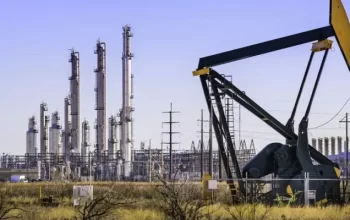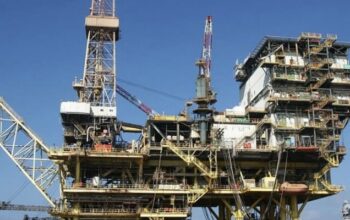Rio Tinto is celebrating 20 years of production from its Diavik diamond mine in the Northwest Territories of Canada. The Diavik diamond deposit was discovered in the 1990s as part of the largest mineral prospecting rush in Canadian history.
Commercial production at Diavik began in 2003, and since then Diavik has produced over 140 million carats of rough diamonds through a combination of surface and underground mining.
The Diavik production comprises predominantly white gem-quality diamonds with a small quantity (less than 1 per cent of production) of yellow diamonds. Diavik diamonds are lauded for their Canadian provenance, their clean and pure quality and prized for their brilliant internal fire.
Sinead Kaufman, Chief Executive Minerals, said: “It is with immense pride that I pay tribute to the extraordinary people who have enabled Diavik to safely produce its beautiful diamonds from one of the world’s most pristine ecosystems.
Driven by its pioneering spirit, Diavik is a bold and innovative company with an inspiring story that continues to set new benchmarks for technology, partnerships and sustainability.”
Known as the Barren Lands, located 220 km from the Arctic Circle, the two billion-year-old Diavik diamonds lie below a frozen lake requiring considerable fortitude, finesse and technology to recover them from beneath the permafrost.
Award-winning dike technology was developed to keep the pristine waters of Lac De Gras at bay, whilst a brief, seasonal ice road – operating eight weeks per year and bridging frozen lakes and ponds were created to transport thousands of tonnes of construction material. It is still used each year as a vital resupply artery for the Diavik workforce of around 1,100 people.
Right from the initial planning stages at Diavik, local communities have been widely consulted about the operation and the impact of the mine.
Angela Bigg, President of the Diavik diamond mine praised the partnerships with local communities and the five indigenous groups with Diavik Participation Agreements: “Being allowed to mine is a privilege and we honor that by working respectfully and through a sense of shared endeavour with our local partners. These are relationships we recognize and value strongly”.
Local partnerships have led to the development of considerable employment, training, and capacity-building opportunities. Today almost a quarter of Diavik’s workforce is Indigenous and some 40 per cent is Northern.
![]()




